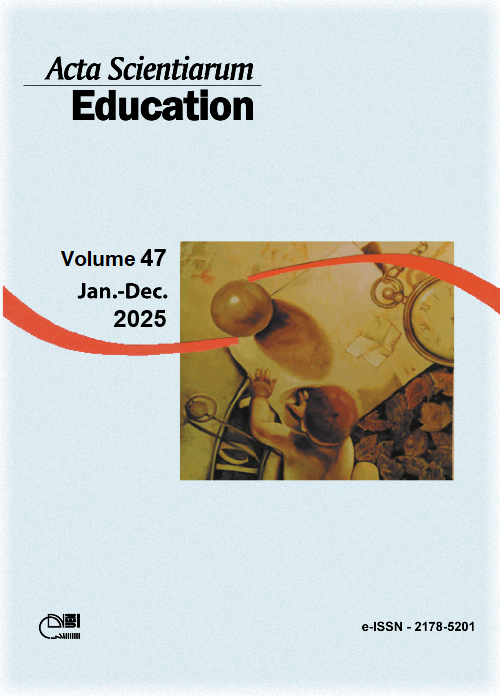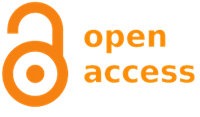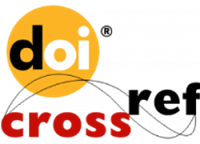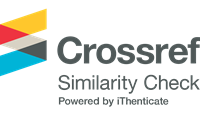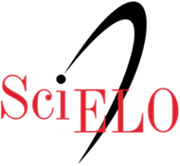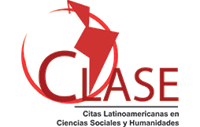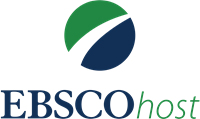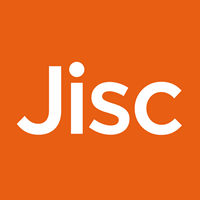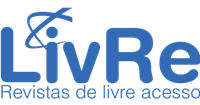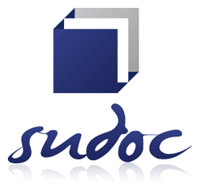Social hierarchy of objects in the field of education: early childhood education and digital information and communication technologies
Abstract
This investigation is part of a series of works that use a database to measure the distribution of scientific capital in a social hierarchy of objects according to parameters of Pierre Bourdieu's sociology of science. More precisely, this research investigates the scientific capital in a metadata base composed of theses defended in the field of Education in Brazil between 1996 and 2016. The analysis clipping were the themes of Early Childhood Education and Digital Information and Communication Technologies (DICT). Using the concept of the Social Hierarchy of Objects and scientometric indices of analysis of social networks, it was measured the hierarchical relationship of symbolic capital of the theme chosen within the field of Education and a description of its resulting network was made, as well as an analysis of the found results. The analyzes showed that although Early Childhood Education and DICT are objects with a high level of symbolic capital in the field of Education, the two terms do not connect or exchange symbolic capital with each other. Possible explanations would be the specificity of Early Childhood Education that tends not to use DICT in its pedagogical practice and the training of pedagogues that usually does not contemplate its use. The time frame that goes until 2016 is another important factor, as it corresponds to a period before the COVID-19 pandemic and before the forced use of DTIC in all areas of Education.
Downloads
References
Bahia, N. P. (2015). Curso de pedagogia presencial e a distância: uma análise sobre a formação e atuação de egressos. Acta Scientiarum. Education, 37(3), 301-312. https://doi.org/10.4025/actascieduc.v37i3.24388
Borgatti, S. P., Everett, M. G., & Johnson, J. C. (2013). Analyzing social networks. Sage.
Bourdieu, P. (2007). Método científico e hierarquia social dos objetos. In M. A. Nogueira, & A. Catani (Org.), Escritos de Educação (pp. 33-38). Vozes.
Corrêa, A. G. (2020). Tecnologias digitais no campo da educação no Brasil: distribuição do capital científico entre 1996 e 2016 [Tese de Doutorado, Universidade Federal de São Carlos].
Corrêa, A. G., & Mill, D. R. S. (2020a). Hierarquia social dos objetos: o capital científico das tecnologias digitais de informação e comunicação no campo da educação. Revista Eletrônica de Educação, 14(1), 1-18. https://doi.org/10.14244/198271993756
Corrêa, A. G., & Mill, D. R. S. (2020b). Tecnologias digitais de informação e comunicação e hierarquia social dos objetos no campo da educação: testes empíricos. Educar em Revista, 36(1), 1-20. https://doi.org/10.1590/0104-4060.75776
Lei n. 9.394, de 20 de dezembro de 1996. (1996). Estabelece as diretrizes e bases da educação nacional. https://www.planalto.gov.br/ccivil_03/leis/l9394.htm
Scartezini, N. (2012). Introdução ao método de Pierre Bourdieu. Cadernos de Campo: Revista de Ciências Sociais, (14/15), 25-37. https://periodicos.fclar.unesp.br/cadernos/article/view/5159
Vargas, M. L. F. (2016). Formação e inserção profissional do pedagogo: o panorama histórico desta carreira e os egressos do curso de Pedagogia presencial da Faculdade de Educação da UFMG [Tese de Doutorado, Universidade Federal de Minas Gerais].

This work is licensed under a Creative Commons Attribution 4.0 International License.
DECLARATION OF ORIGINALITY AND COPYRIGHTS
I declare that this article is original and has not been submitted for publication in any other national or international journal, either in part or in its entirety.
The copyright belongs exclusively to the authors. The licensing rights used by the journal are the Creative Commons Attribution 4.0 (CC BY 4.0) license: sharing (copying and distributing the material in any medium or format) and adaptation (remixing, transforming, and building upon the material thus licensed for any purpose, including commercial purposes) are permitted.
It is recommended that you read this link for more information on the subject: providing credits and references correctly, among other crucial details for the proper use of the licensed material.



